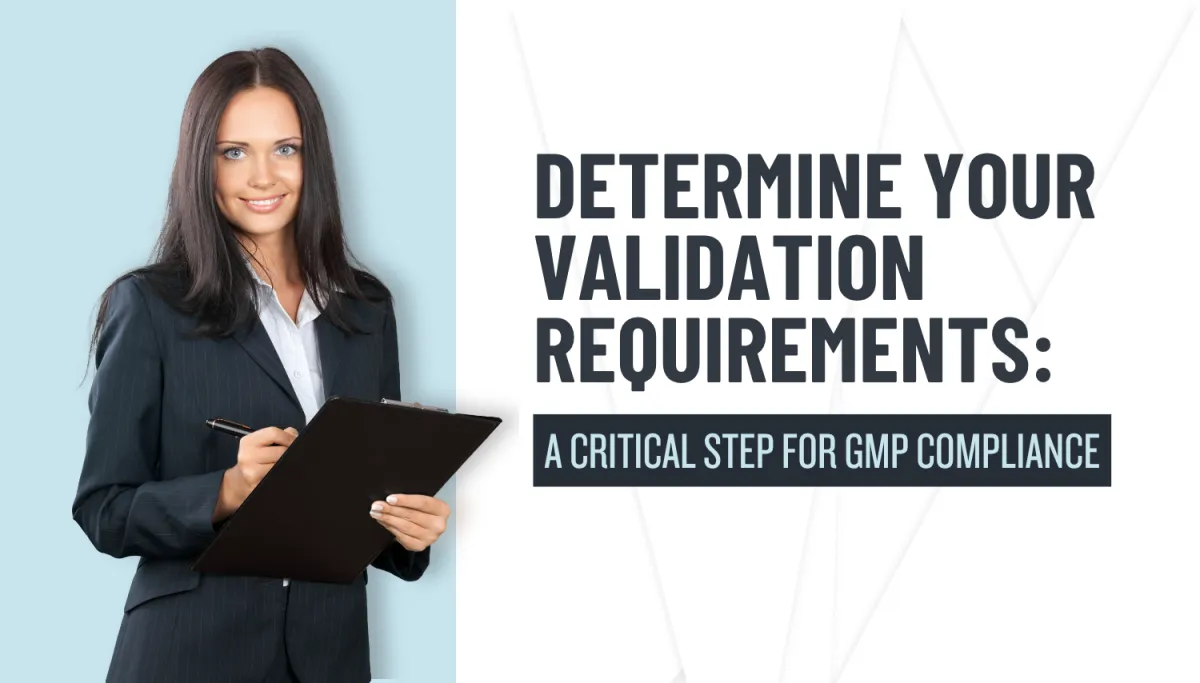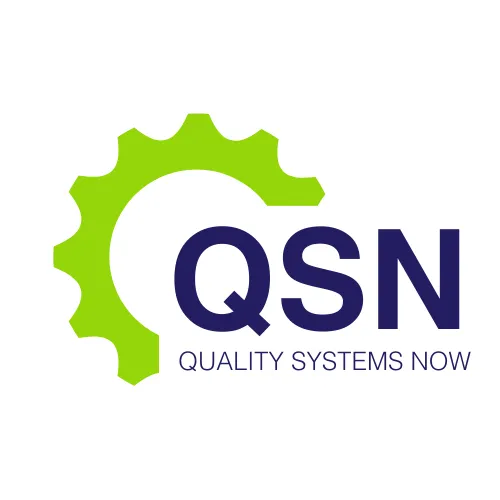LATEST NEWS

Determine Your Validation Requirements: A Critical Step for GMP Compliance
At Quality Systems Now, we support organisations across Australia in developing and maintaining validation frameworks that ensure product quality, regulatory compliance, and operational efficiency. One of the most frequently misunderstood aspects of validation is the initial step: determining your validation requirements.
In this article, we explore how to correctly define validation requirements for equipment, software, facilities, utilities, and processes in GMP environments. Failure to approach this step rigorously can result in under-validation, regulatory observations, or system inefficiencies. Conversely, over-validating without a risk-based rationale wastes resources and delays implementation timelines. This article presents a scientific approach to assessing what must be validated, to what extent, and with what documentation—ensuring alignment with the TGA’s expectations and international standards such as PIC/S and ICH.
Understanding the Scope of Validation
Validation is defined by PIC/S and ICH as “the documented evidence that a system or process consistently performs according to its intended purpose and specifications.” In practice, validation can refer to:
Process Validation (e.g., manufacturing, cleaning)
Equipment Qualification (IQ, OQ, PQ)
Computer System Validation (CSV)
Analytical Method Validation
Facility and Utility Qualification (HVAC, water systems)
Each of these categories requires a tailored approach based on the risk to product quality and patient safety. This is why determining validation requirements is a critical first step before executing any project.
Risk-Based Approach to Validation
Modern validation follows a risk-based lifecycle model, as encouraged by ICH Q8–Q10 and ALCOA+ data integrity principles. The goal is to validate only what is necessary to ensure product quality and regulatory compliance—no more, no less.
To determine your validation requirements, consider the following core questions:
Does the system, equipment, or process impact product quality, data integrity, or GMP records?
Is the system GxP-relevant?
Has it been used before, or is it a novel application in this setting?
What controls or mitigations are already in place?
What is the intended use, and is it clearly defined?
Using these questions, you can categorise systems and processes into critical, direct-impact, indirect-impact, or no-impact. This classification determines the scope and rigor of your validation strategy.
Step 1: Define Intended Use
The first step in determining validation requirements is to clearly define the intended use of the system or process. Whether implementing a new clean-in-place (CIP) system or deploying a Learning Management System (LMS), the intended function must be fully documented. Intended use sets the boundary for the validation scope and forms the basis for all user requirement specifications (URS).
For example, if an LMS is used solely for scheduling training, validation requirements may be minimal. But if it manages GMP training records for audit purposes, it becomes GxP-relevant and requires full validation.
Step 2: Assess GxP Relevance
Next, determine if the system or process is GxP-relevant—i.e., does it support activities that are subject to GMP regulations? GxP relevance includes systems used for:
Manufacturing or batch processing
Laboratory testing and QC release
Cleaning and sterilisation
Training, documentation, and CAPA management
Environmental monitoring
Electronic records or signatures
If the answer is yes, validation is mandatory. Systems not directly tied to GxP activities, such as HR or finance platforms, may be exempt but still benefit from basic qualification.
Step 3: Perform Risk Assessment
Risk assessment is essential in defining the depth and breadth of validation activities. Use formal methodologies such as Failure Modes and Effects Analysis (FMEA) or Hazard Analysis and Critical Control Points (HACCP) to:
Identify critical quality attributes (CQAs)
Identify critical process parameters (CPPs)
Evaluate the potential impact of system failure on product quality or patient safety
Risk-based thinking aligns with ICH Q9 and PIC/S PE009-17, which encourage resource-efficient compliance strategies.
Step 4: Align with Regulatory Expectations
Regulatory agencies such as the Therapeutic Goods Administration (TGA) expect organisations to demonstrate:
Clear rationale for what has and has not been validated
Documented risk assessments supporting validation decisions
Traceability from user requirements to validation testing
Control of changes through formal change management
Failure to justify validation omissions can lead to audit findings, product recalls, or regulatory action. Conversely, strong validation rationale reinforces compliance maturity and operational control.
Step 5: Define the Validation Strategy
Once validation requirements have been assessed, a validation strategy must be developed. This typically includes:
User Requirements Specification (URS)
Functional Requirements Specification (FRS)
Design Qualification (DQ)
Installation Qualification (IQ)
Operational Qualification (OQ)
Performance Qualification (PQ)
Summary Reports and Traceability Matrices
For computerised systems, CSV must follow the Good Automated Manufacturing Practice (GAMP 5) framework. GAMP 5 recommends scaling documentation based on system category and risk.
For example:
A spreadsheet used for GMP calculations requires documented validation and version control.
A custom-built LIMS for product release requires full lifecycle documentation, testing, and vendor audits.
Common Pitfalls When Determining Validation Requirements
Despite clear guidelines, many companies misjudge their validation requirements. At Quality Systems Now, we frequently encounter these pitfalls:
Over-Validation
Overcomplicating validation for low-risk systems drains time and resources. For instance, applying full CSV to a commercial off-the-shelf non-GxP tool may not be warranted.
Under-Validation
Failing to validate critical systems due to poor risk understanding results in audit failures. For example, omitting PQ on HVAC systems in a sterile manufacturing environment is a serious oversight.
Poor Documentation
Even when validation is performed, lack of traceability, inadequate protocol design, or missing reports weaken compliance posture.
Ignoring Change Control
Systems evolve, and validation must be maintained throughout their lifecycle. Failure to manage changes invalidates earlier validation efforts.
Recommendations for Success
To determine your validation requirements effectively and avoid compliance gaps:
Begin validation planning early—ideally during project feasibility or procurement.
Use a cross-functional team including QA, IT, Engineering, and end users.
Apply risk-based principles tailored to your specific process and product profile.
Maintain strong documentation practices to support audit readiness.
Engage a validation expert or GMP consultant when introducing complex or novel systems.
Book A Call With Us for Further Information
Determining your validation requirements is not a mere checkbox—it's a strategic activity that underpins data integrity, product quality, and regulatory compliance. As therapeutic goods manufacturers and biotechnology organisations adopt more advanced technologies, the need for a robust and scientific validation framework becomes even more critical.
At Quality Systems Now, we help companies throughout Australia develop tailored validation strategies that meet both local (TGA) and global (PIC/S, ICH) expectations. By properly assessing and documenting validation requirements, you build a foundation for long-term success—ensuring compliance, mitigating risk, and preserving your license to operate in an increasingly regulated landscape.
